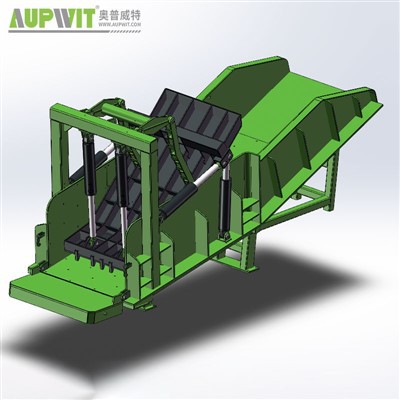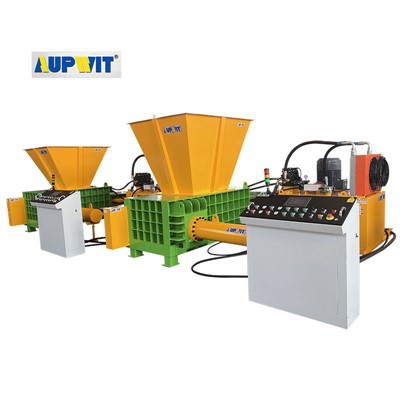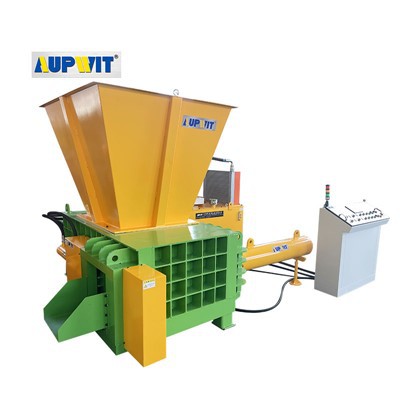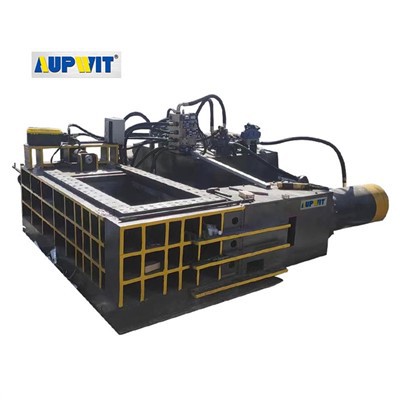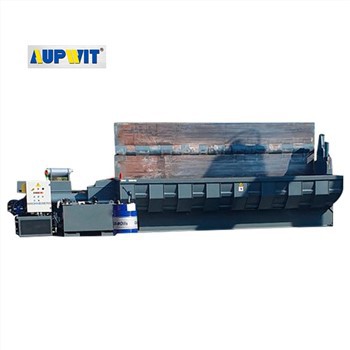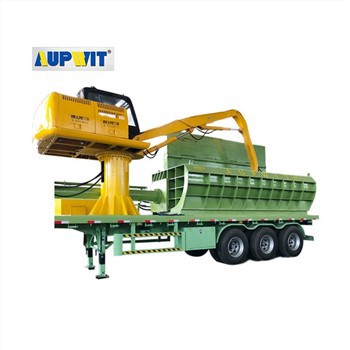Extrusion Briquetting Press Troubleshooting Guide
To ensure stable quality of the briquetting press, unstable pressure issues need to be investigated and solved from three aspects:
1. Hydraulic System Investigation (Core Focus)
-
Hydraulic Oil Status:
- If oil is turbid or contains bubbles: Replace with same-type hydraulic oil immediately, clean tank and filter, replace filter element
- If air in oil circuit: Open exhaust valve and run equipment at no load for 5-10 minutes to discharge air
- Hydraulic Pump: If abnormal sound with pressure fluctuations, internal parts may be worn - disassemble for inspection/replacement
- Overflow Valve: Jamming can cause unstable pressure - disassemble valve core for cleaning, reassemble after applying hydraulic oil to ensure flexibility
2. Mechanical Parts Inspection
- Mold/Pressure Head Clearance: Too large causes pressure loss - replace worn parts or adjust mold position
- Transmission Belt Tightness: Too loose causes speed fluctuations - tighten belt by adjusting motor position (10-15mm deflection ideal)
- Slider/Guide Rail Lubrication: Insufficient lubrication increases friction - apply special grease to ensure smooth movement
3. Material Factor Adjustment
- Feed Amount Fluctuations: Adjust feed speed regulating valve to ensure even material entry
- Excessive Moisture Content: Causes poor fluidity - reduce moisture through drying
- Hard Impurities: Cause instant pressure spikes - install magnetic separator and screen filter at feed port
Post-Treatment Verification
- Run at no load for 10 minutes, observe pressure gauge stability
- Produce 50 test pieces to check briquette density uniformity
- Record pressure curves daily - stop and inspect immediately if abnormalities are found
By systematically addressing these three key areas (hydraulic system, mechanical parts, and material factors), you can effectively stabilize briquetting press pressure and ensure consistent product quality.


